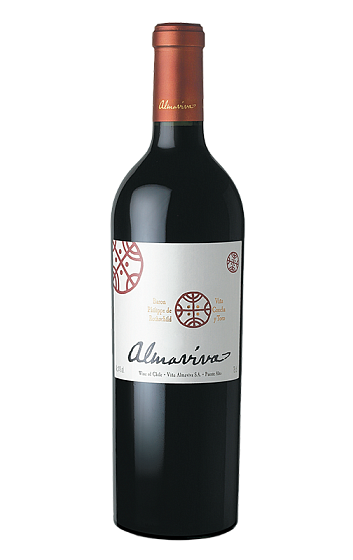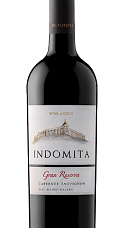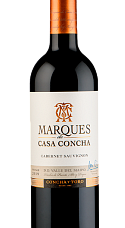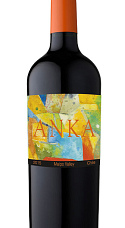Almaviva 2022
Descripción
Estamos ante uno de los mejores tintos chilenos, fruto de la colaboración franco-chilena entre la Baronesa Philippine de Rothschild y D. Eduardo Guilisasti (Viña Concha y Toro). Se elabora con un coupage de variedades clásicas bordelesas que se cultivan en Puente Alto, al sur de Santiago. Cuenta con una crianza de 20 meses, entregando una referencia de taninos sedosos y con carácter fresco y elegante.
Ficha técnica
Cata
Viñedo y elaboración
Opinión de los críticos
What fabulous perfumed aromas of lavender, blackcurrants, graphite, tapenade and hints of sweet tobacco. So complex and sophisticated. Medium- to full-bodied with tannins that have an incredible finesse and length. It goes on for minutes. It’s all about elegance and class. There’s harmony and freshness for a dry year. Seductive and so long. 72% cabernet sauvignon, 23% carmenere, 4% cabernet franc and 1% petit verdot. Drinkable now, but one for the cellar. Drink from 2028.
The 2022 Almaviva leads with a brooding, woody nose with savory, roasted pepper aromas and pleasing top notes of lavender and dried herbs. The palate is dense, luscious and staining, with considerable concentration and opulence. The finish continues this lush, layered opulence, concluding with supple, firm, unyielding tannins, welcomely braced with fresh acidity and herbal, methol-tinged flourishes. Despite its immediate richness, this is quite wound up, and it will take a few years to integrate its formidable tannins further. But it should be a joy to watch develop over the coming decade and beyond. It's a blend of 72% Cabernet Sauvignon, 23% Carménère, 4% Cabernet Franc and 1% Petit Verdot aged for 20 months in 70% new French oak.









Añadas: 2022 2021 2019 2018
Esta añada no tiene valoraciones todavía. Pincha en las otras añadas para ver sus valoraciones.
Esta añada no tiene valoraciones todavía. Pincha en las otras añadas para ver sus valoraciones.
Esta añada no tiene valoraciones todavía. Pincha en las otras añadas para ver sus valoraciones.
Esta añada no tiene valoraciones todavía. Pincha en las otras añadas para ver sus valoraciones.